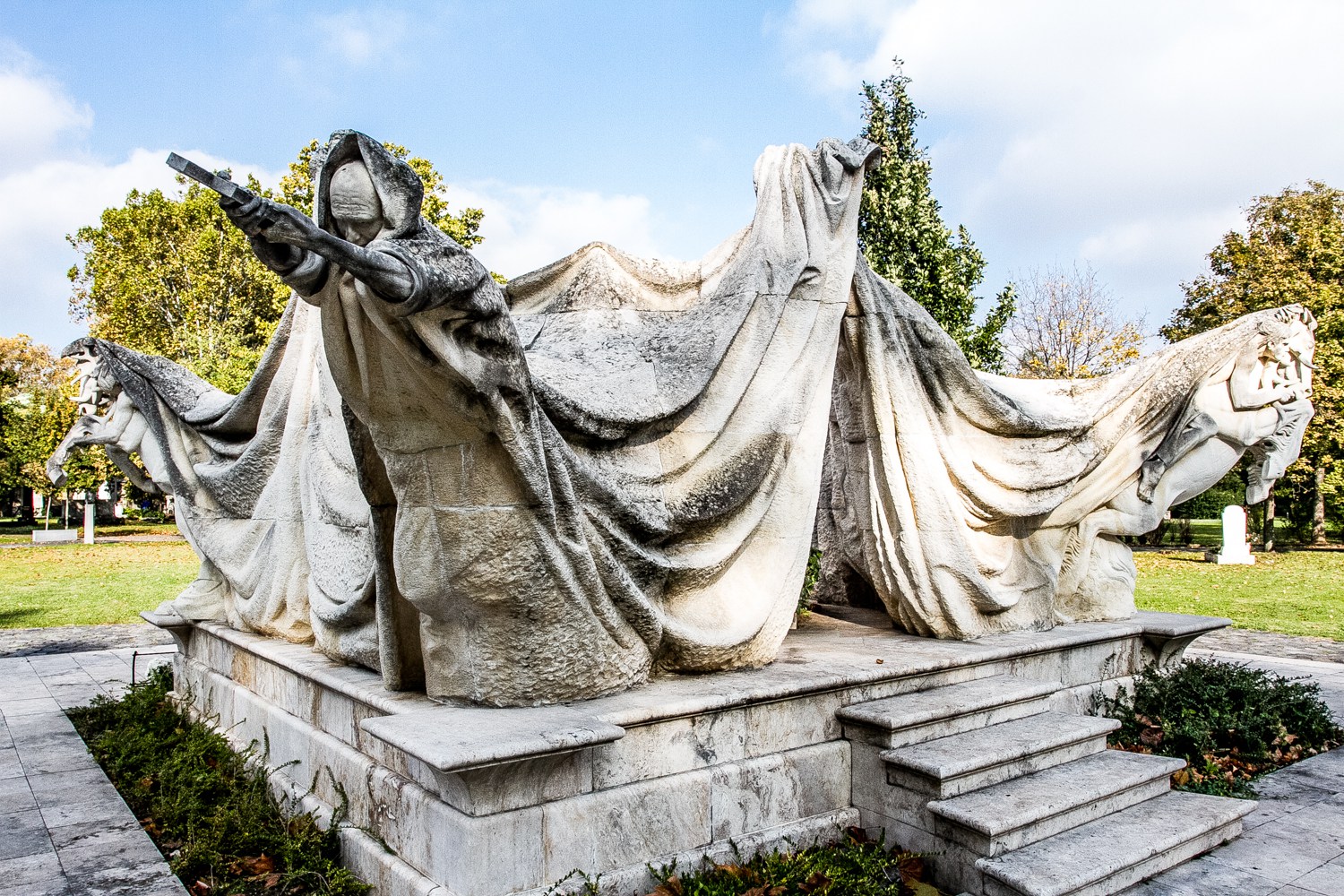Monday is 1 November, All Saints’ Day, when Hungarians pay their respects to departed loved ones. All weekend, the cemeteries of Budapest will be illuminated with candles and embellished with flowers. Some are sights in themselves, the last resting place of great figures from Hungarian history, tombs and mausoleums ornate works of art. We took a stroll around the five most atmospheric ones in town.
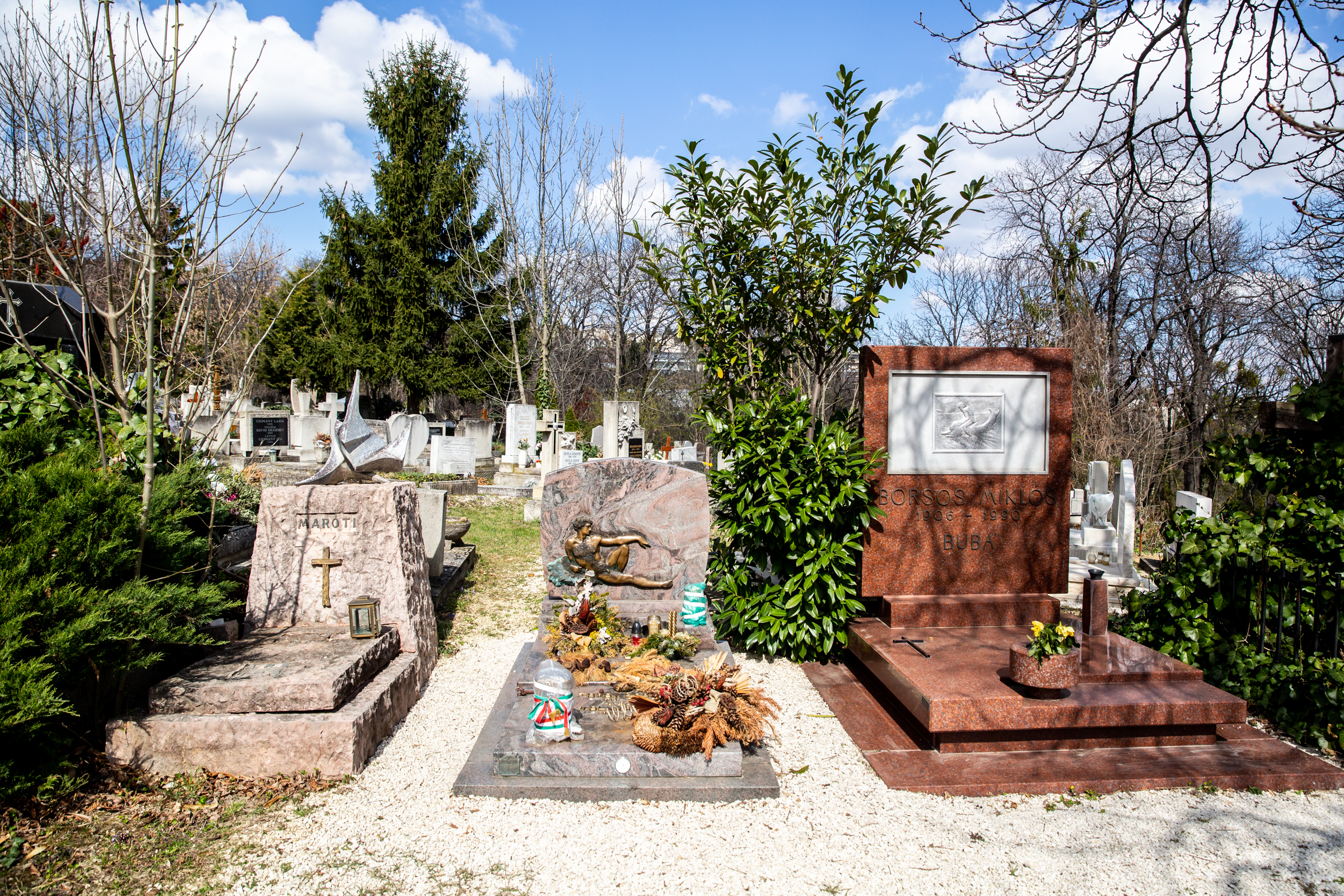
1/5
Violets, fresh air and tranquillity surround the names of the famous Hungarians on these gravestones. It may sound morbid, but beautiful Farkasréti Cemetery, in a lovely natural setting, is a fine place for an autumn walk. This is the largest of its kind in Buda and the last resting place of composers Béla Bartók and Zoltán Kodály, as well as many revered actors and not so revered politicians.
Farkasréti was opened on 1 April, 1894 to relieve the existing and overcrowded Buda cemeteries, and many graves and remains were relocated here from elsewhere, even from the main national cemetery, Kerepesi. During World War II, it became a battlefield, with German soldiers entering the old graves. Its popularity soared in the 1950s, which is explained by the bleak fate of Kerepesi under Communism.
Many of the old Party elite are still buried here is buried here.
Arriving via the main entrance on Németvölgyi út, a short walk to the right is the robust black tomb of Béla Bartók brought home in 1988 and, to the left, the last resting places of actress Gizi Bajor, early movie star Pál Jávor and torch singer Katalin Karády, among many other famous names.
The tomb of composer Zoltán Kodály and his wife can be found on the Academic Circle established in the 1950s and 1960s
Sadly, vandalism has caused significant damage. The tomb of comedian Géza Hofi was damaged and the bronze sculptures stolen, replaced by ones of stone. The remains of Stalinist leader Mátyás Rákosi was the most serious case. The cover of the urn containing his ashes delivered from the Soviet Union was repeatedly desecrated to such an extent that eventually only its engraving and date of birth were visible. Currently, the urn has been relocated for safe-keeping.
Farkasréti Cemetery
District XII. Németvölgyi út 99
Open: Daily 7am-6pm
Bus 8E/trams 59, 59A, 59B to Márton Áron tér
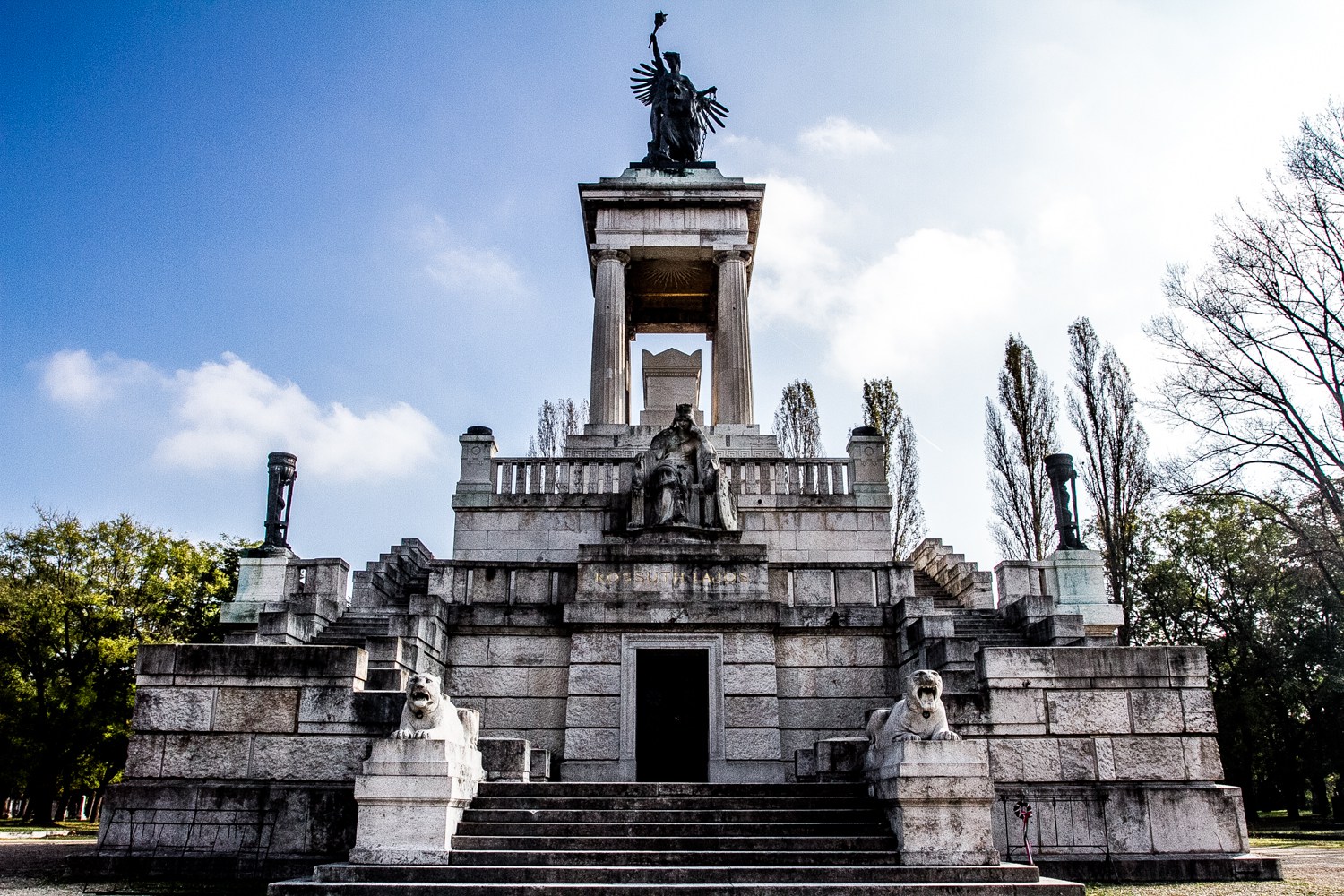
2/5
Kerepesi Cemetery houses the graves and magnificent mausoleums of the most notable Hungarians. Many are true works of art adorned with ornate sculptures, frescos and mosaics.
Here the air is crystal clear, filled with the sweet scents of nature, and the noises of squirrels and the two dozen types of birds who call the cemetery home. Lengthy boulevards lined with old towering trees guide your path and wherever you step foot, your stroll will take you to an intriguing part of Hungary’s past.
Kerepesi dates back to 1847, when the then separate city of Pest recognised the need for a cemetery where anyone regardless of religious beliefs could be laid to rest. A 130-hectare vineyard was chosen for the site, out of the city limits that ended near today’s Blaha Lujza tér.
At first, families started buying parcels just inside the fence so today, private sites encircle the whole cemetery. The space also used to be larger. Today it occupies 56 hectares, about three-quarters the size of Margaret Island.
Walking along the fence, we find the grave of the first great Hungarian buried here, Mihály Vörösmarty, a notable poet and the author of Szózat (“Appeal”), considered Hungary’s second national anthem. When he passed away, the news spread like wildfire. Despite a curfew forbidding gatherings in Hungary, a crowd of 30,000 assembled here, singing the Szózat and honouring Vörösmarty.
After the Compromise of 1867 that gave Hungary semi-autonomy, the cemetery ceased to be used by the general public alone. Following the example of Père-Lachaise in Paris, Kerepesi became a national pantheon and graveyard for all great Hungarians, designed by French and Belgian landscape architects. Several heroes of the 1848 revolution were reburied, including the first Prime Minister, Count Lajos Batthyány. Four years later, his magnificent mausoleum was designed by Albert Schickedanz, architect of Heroes’ Square and the Millennial Monument.
The symbolic centre of the cemetery is the mausoleum of statesman and Minister of Justice, Ferenc Deák, pioneer of passive resistance during the post-1849 crackdown. Deák’s mausoleum is personal – the walls are decorated with his quotes and a poem written for him by Vörösmarty. Four frescos present allegories of his virtues.
The most grandiose funeral of the Dual Monarchy was that of the most emblematic figure of the Revolution, Lajos Kossuth, governor of the Kingdom of Hungary during the fight for freedom. After 1849, Kossuth emigrated and lived the rest of his life abroad. His ashes were brought to Budapest and buried at Kerepesi. His strikingly adorned mausoleum is still the grandest piece of funereal architecture in Hungary.
After the turn of the century, two stunning arcades were created, today bordering the main walkway that leads to the graves of two great Hungarian poets, Mór Jókai and Endre Ady, as well as to the mausoleum of actress Lujza Blaha. The archways are also the last resting place of restaurateur Károly Gundel, whose Hungarian cookbook is the most popular of its kind.
During World War II, the cemetery suffered significant damage. In 1945, the Soviet Army broke in, occupied it and refused entry to any Hungarian. They robbed graves, including the Deák mausoleum, and used sculptures and tombstones as for shooting practice. Bullet holes are still visible today.
After Hungary’s unsuccessful later Uprising against Russian occupation, fallen Soviet soldiers from 1945 and 1956 were laid to rest here, and today a separate section is dedicated to them. Another major monument is the Pantheon of the Labour Movement, erected during post-1956 Communist rule, with the aim of having the urns of all outstanding Socialist figures housed in one place, the most prominent allocated the top row. Originally the pantheon was designed to contain 365 urns, but only a few remain and nearly 300 spaces are empty. After the overthrow of Communism in 1989, there were plans to demolish this controversial site, but it remains in place today.
A few steps away lies the simple grave of the longest-lasting Hungarian Communist leader, János Kádár. One evening in 2007, his grave was dug up by unknown perpetrators, who also stole his skull and his wife’s urn. Investigations dragged on but the remains were never recovered.
Kerepesi Cemetery
District VIII. Fiumei út 16-18
Open: Daily 7am-5pm
The cemetery is a ten-minute walk from metro stations, Keleti pu (M2/M4) and II. János Pál pápa tér (M4). Tram 24 stops outside.
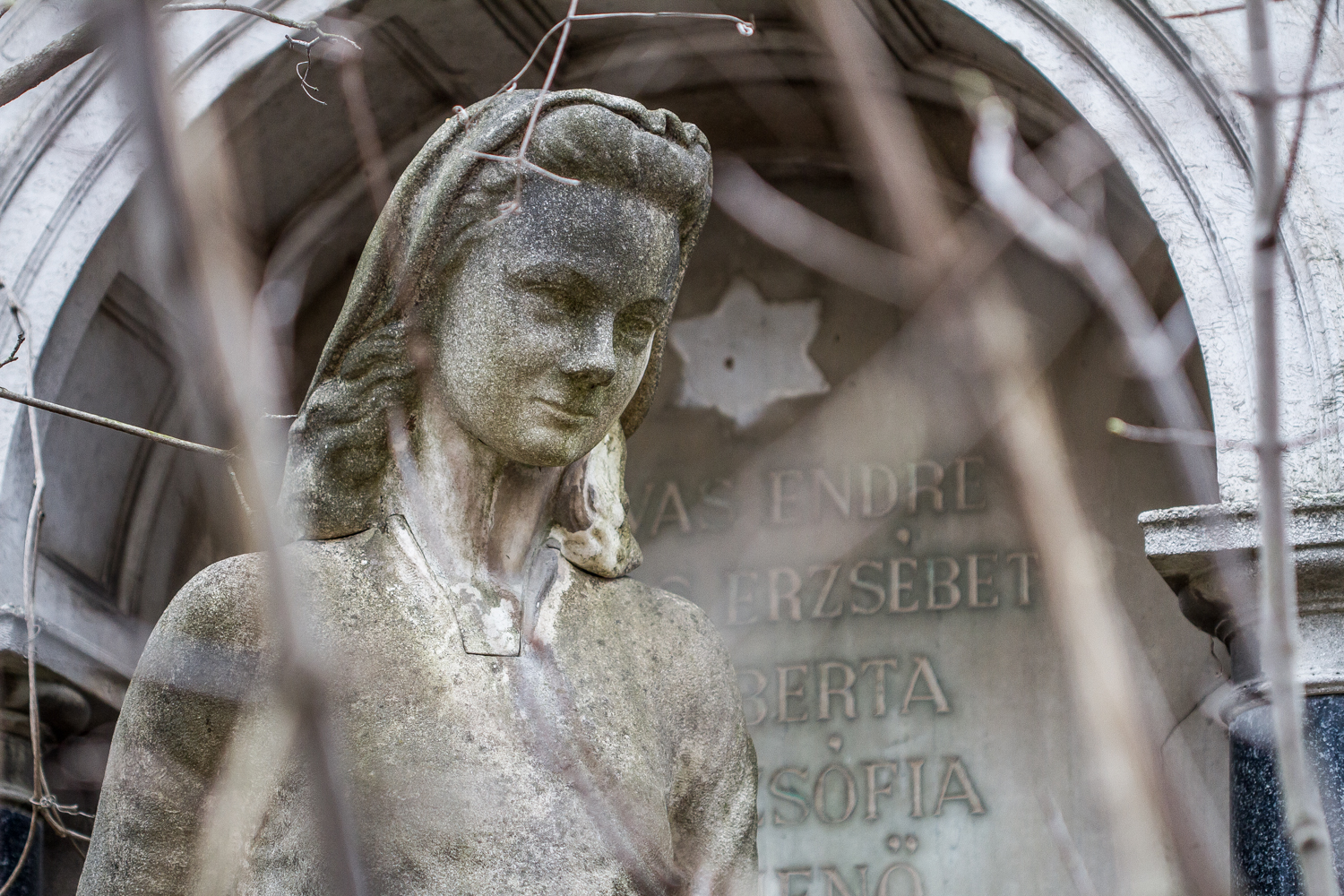
3/5
The Jewish Cemetery on Kozma utca opened alongside Új köztemető (New Public Cemetery) in 1893. It is currently the largest Jewish cemetery in Hungary, the last resting place for around 300,000 people. It also holds priceless architectural treasures, unfortunately some in extremely poor condition.
Reconstruction work is ongoing, mainly funded by the Budapest Jewish Community to the tune of 5.6 million forints. The main offices, waiting rooms and areas used by rabbis and cantors have been renovated, along with some of the pathways and graves.
Among the many famous figures buried here are early aviation pioneer Viktor Wittmann, who crashed outside Vienna during World War I, turn-of-the-century playwright Sándor Bródy, Hungary’s first Olympic champion, Alfréd Hajós, and pre-war racing driver László Hartmann, who lost his life crashing into a palm tree during the Tripoli Grand Prix in Libya.
Heroic dead from World War I and victims of the Holocaust also rest here.
Families of the Jewish elite are buried in ornate mausoleums near the cemetery walls, such as the Schmidl mausoleum decorated with Zsolnay ceramics, and the Gries mausoleum, with mosaics by the equally renowned Miksa Róth.
Kozma utca Jewish Cemetery
District X. Kozma utca 6
Open: Winter Mon-Fri, Sun 8am-3pm. Summer Mon-Thur, Sun 8am-6pm, Fri 8am-4pm
Tram 28 (terminus) to Izraelita temető
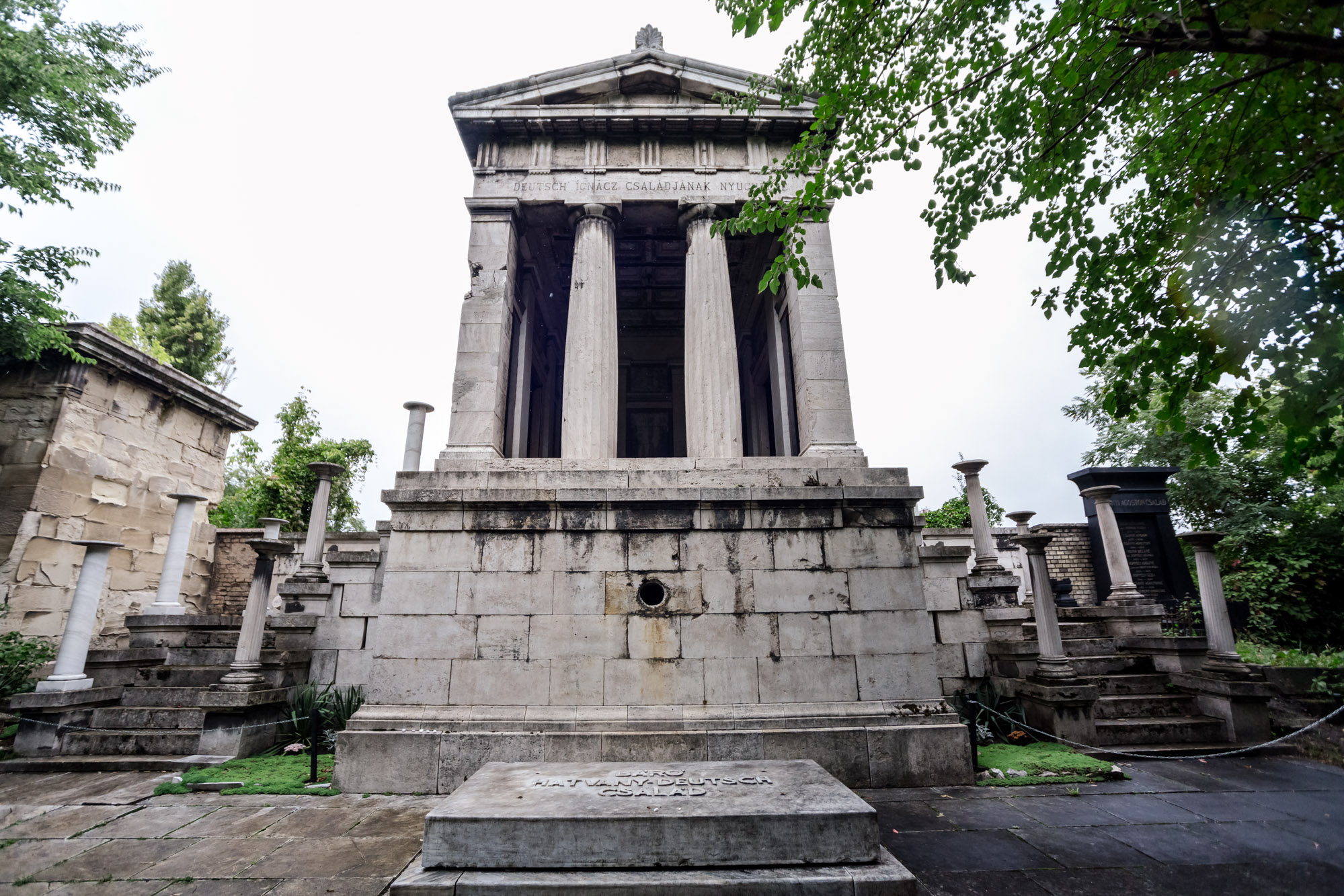
4/5
Opened in 1874, this cemetery alongside Kerepesi provides a comprehensive picture of Jewish emancipation in Hungary and the social and artistic life of the Austro-Hungarian Empire. Prominent figures here include influential entrepreneur Manfréd Weiss, Unicum pioneer József Zwack and Moritz Wahrmann, a leading figure in the development of Budapest in the 1800s. Among the designers of the tombs are the greatest architects of the day.
In 2016, the cemetery came under the ownership of the Hungarian State and is currently managed by the National Heritage Institute, but restoration by the Hungarian Jewish Community is also underway. The site can be visited with no danger to the public but it retains its wild charm and its unspoiled atmosphere.
Until 1891, this was the only Jewish cemetery on the Pest side, and was actively used until the 1920s, by which time vacant lots were running out.
After that, the cemetery on Kozma utca became the primary location for Jewish burials.
Some victims of the war-time Arrow Cross were buried here, however, and in 2002, a memorial plaque was erected in memory of those who died in the Ghetto and a memorial park established.
The entrance gate and main building here were designed by Béla Lajta, a contemporary of Art Nouveau pioneer Ödön Lechner and forerunner of Hungarian Modernism. In all, Lajta created around 45 tombs, a dozen or more are located here, including the lion-headed graves of the Guttman family and the tombs of the Sváb family overseen by black eagles. These symbolic creatures appear on several tombstones in the cemetery, representing loyalty, heroism and alertness.
From the later 1800s, as Budapest became more assimilated, Christian motifs also appeared, such as strings of flowers, doves on the graves of couples and the coats of arms.
The oldest tombstones are the simplest in appearance, their inscriptions in Hebrew, the years the Jewish dates of birth and death.
Although the cemetery is not actively used for burial today, as a national and religious memorial site, there are rules to be respected when visiting. Instead of flowers, stones are usually left on graves, in accordance with Jewish tradition.
Salgótarjáni utca Jewish Cemetery
District VIII. Salgótarjáni utca 6
Open: Winter Mon-Thur, Sun 8am-3pm, Fri 8am-2pm. Summer Mon-Thur, Sun 8am-4pm, Fri 8am-2pm
Trams 37/37A to Salgótarjáni utca, temető
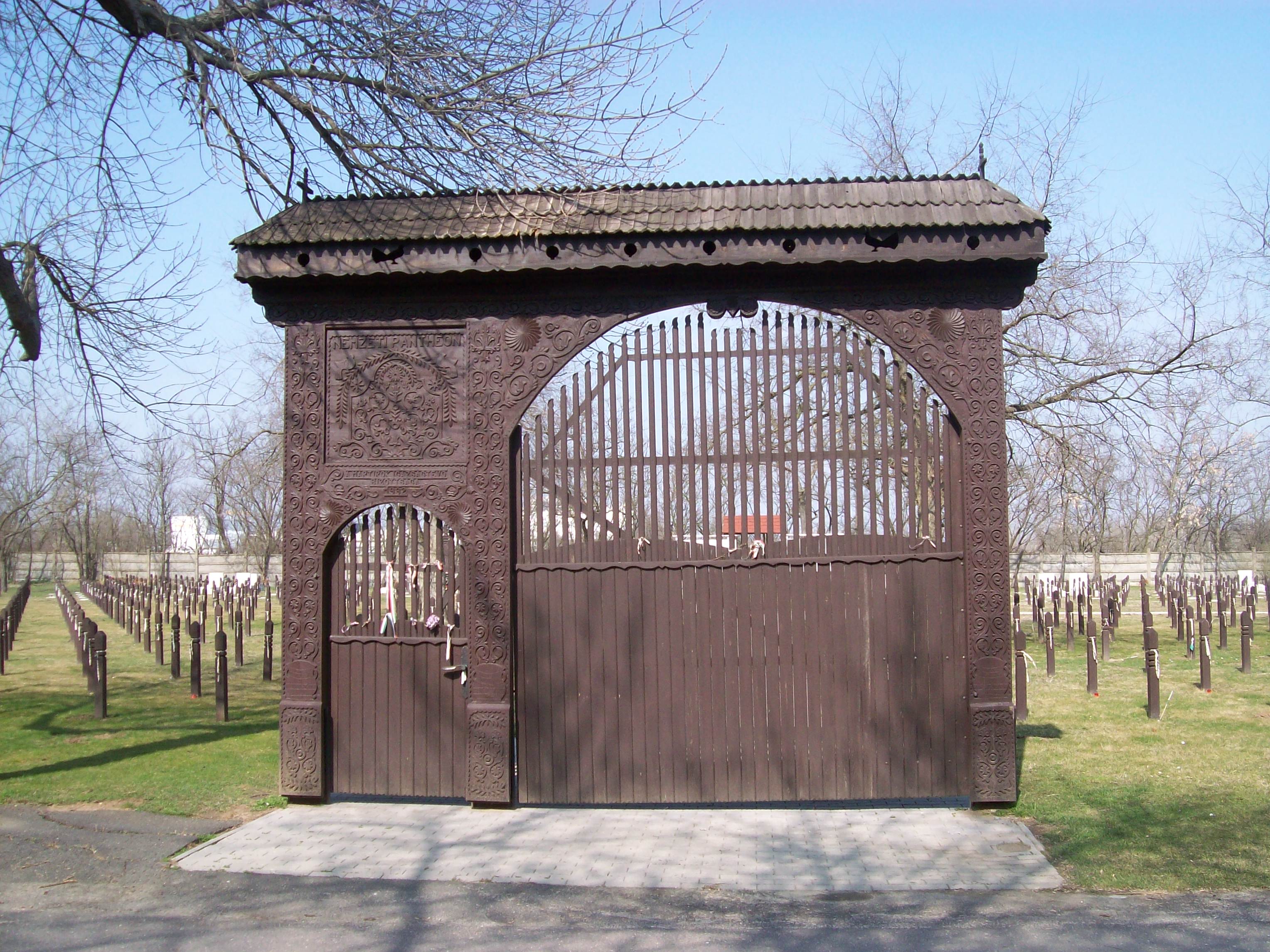
5/5
Új köztemető, the ‘New Public Cemetery’, is not only the largest in Budapest but one of the largest in Europe, hosting more than three million burials since opening on 1 May, 1886.
The most famous, or rather infamous, was a deliberately low-key affair: the secret disposal of the body of Imre Nagy, the leader behind the 1956 Uprising, imprisoned, tortured and executed on 16 June 1958. His hands and feet were tied with barbed wire and he was thrown in face-down. In a distant corner of this 207-hectare site, Plot 301, also containing the remains of his fellow revolutionaries, became a pilgrimage site for dissidents during the 1980s, the subject otherwise taboo in daily conversation. In 1989, 31 years afterwards to the day, Nagy was reburied with great ceremony on Heroes’ Square, a major event in the gradual fall of Communism in Hungary. Now embellished with a memorial bell in four languages, Plot 301 is found in the furthest corner of the cemetery from the main entrance on Kozma utca, to the north-west as you enter.
The cemetery’s regular geometric layout of square plots and rectangular pathways was created by renowned architect Győző Czigler in 1903. That was when, the public cemetery was separated from the military one. From 1914, not only Hungarian soldiers were buried here, but also the fallen of the Allied central powers, as well as prisoners of war. In terms of World War I, this is the second largest resting place in Europe, after Verdun in France. World War II brought fresh graves.
Új köztemető
District X. Kozma utca 8-10
Open: Daily, Nov-Feb 7.30am-5pm, Mar 7am-5.30pm, Apr, Aug 7am-7pm, May-July 7am-8pm, Sept 7am-6pm, Oct 7am-5pm
Trams 28/37, Új köztemető (Kozma utca)
